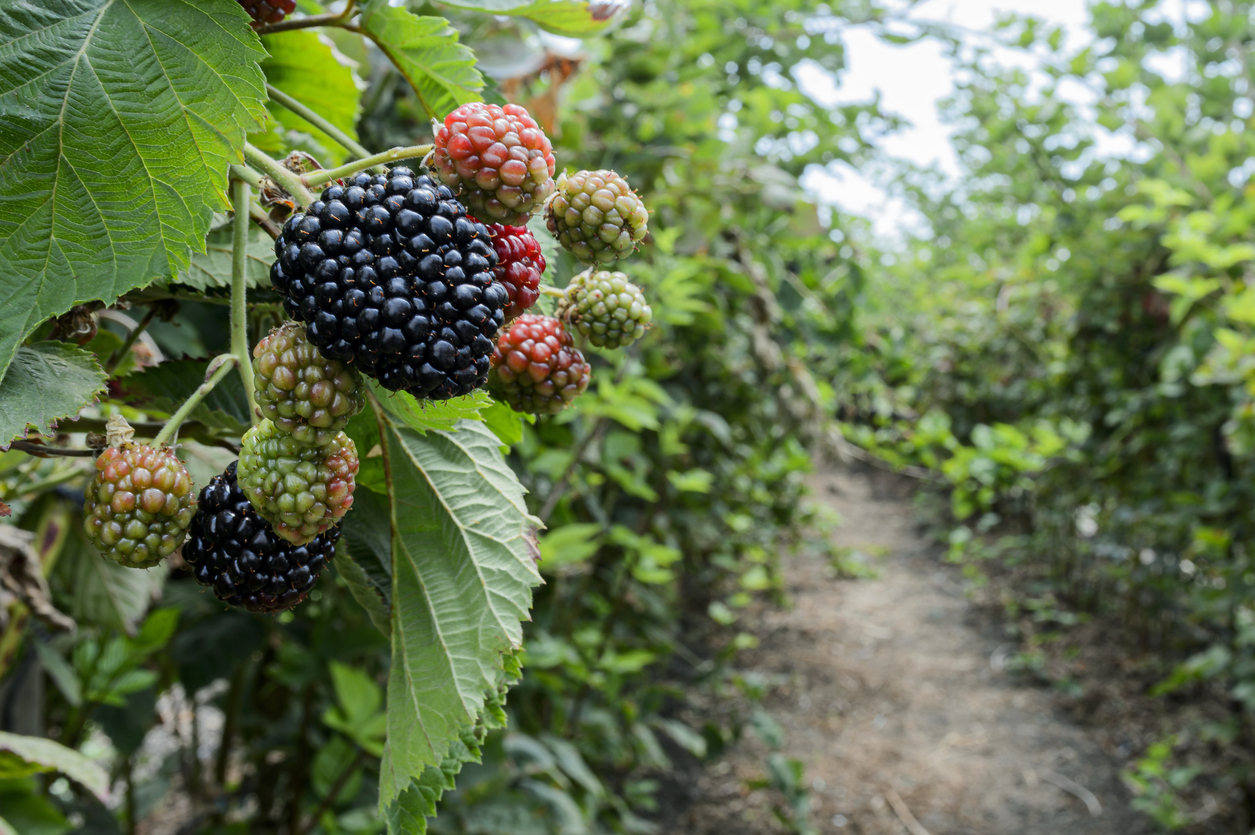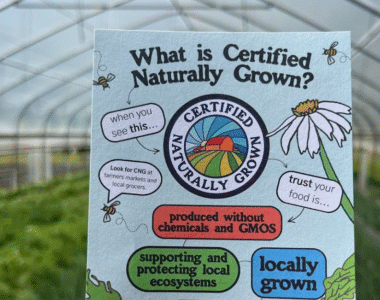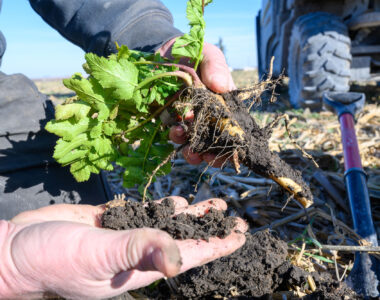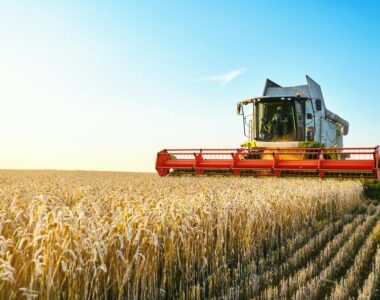
Farmers growing fruits, vegetables, and nuts are running into major roadblocks when it comes to adopting technology. While automation could help solve rising labor costs and worker shortages, specialty crop automation isn’t moving forward as quickly as many hoped.
Why Automation Is Tough for Specialty Crops
Specialty crops are different from large-scale row crops. Harvesting strawberries or apples, for example, takes a gentle touch and quick judgment — something machines still struggle with. That makes specialty crop automation harder to implement, especially for delicate or irregular produce.
Equipment Isn’t One-Size-Fits-All
Most farms that grow specialty crops have systems built for hand labor. Switching to machines means changing how they plant, harvest, and pack. The equipment available today often isn’t designed to handle the wide variety of tasks that specialty crop automation would require — and when it is, it can be expensive.
Costs Keep Farmers Hesitant
High-tech machines and robotics carry a hefty price tag. For small and mid-sized farms, that cost often outweighs the potential benefit — especially if the tools don’t work perfectly. Without clear returns, automation feels like a risky investment.
What Needs to Change
For specialty crop automation to succeed, technology needs to become more affordable, adaptable, and proven in real-world settings. Farmers need support from researchers, ag tech companies, and policymakers to test and adopt the tools that work best for their crops and conditions.
Bridging the Gap with Innovation
Some promising steps are already underway. Researchers are testing robotic harvesters for crops like strawberries and lettuce, while engineers develop computer vision systems that help machines “see” ripeness and shape. Still, these tools often need to be customized crop by crop, which slows down broader adoption. Specialty crop automation will only become viable when technology can handle a wide range of crops without expensive redesigns. Flexible solutions and modular equipment could be key to moving automation forward in ways that actually work on real farms — not just in high-tech labs.



